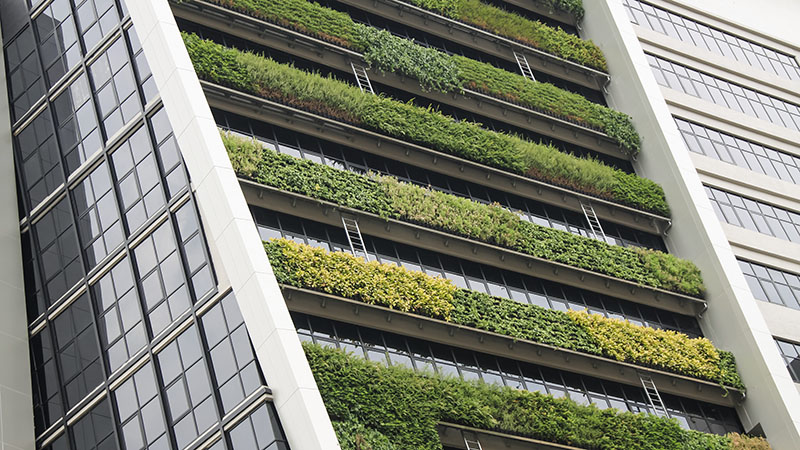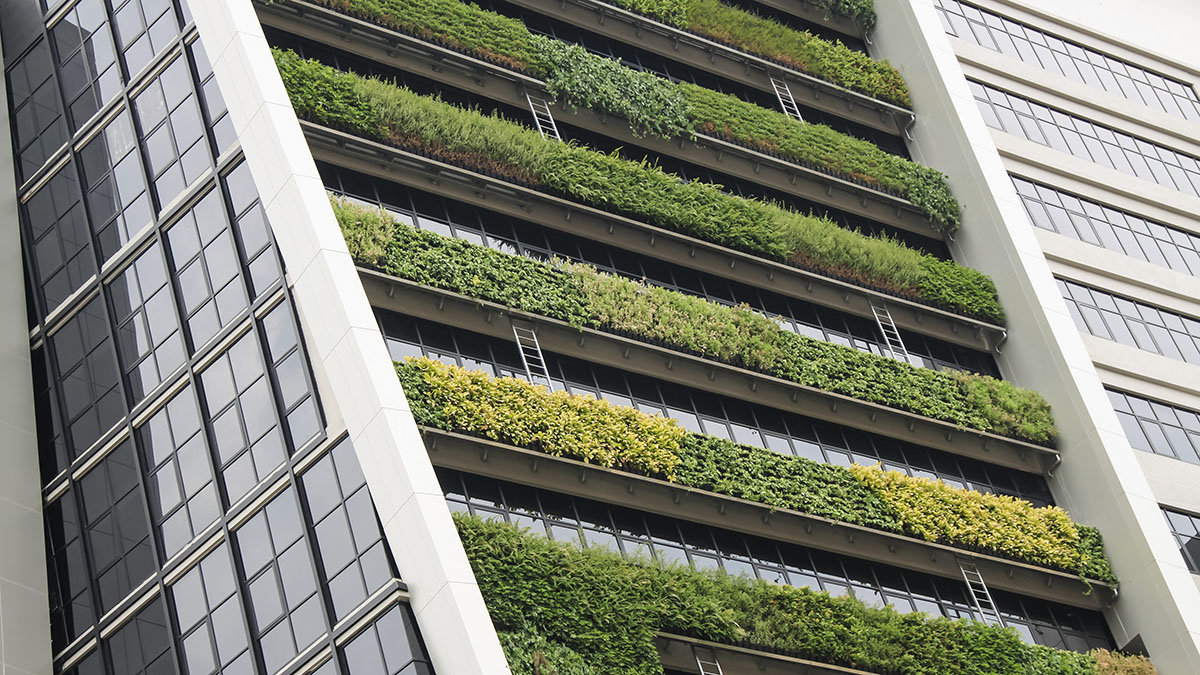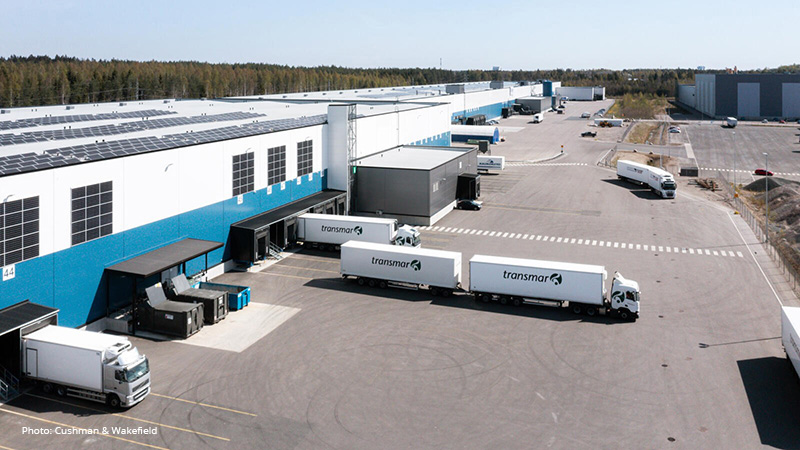National and international climate goals steer sustainability in the real estate industry like in any line of business. Real estate accounts for up to 40% of the global carbon emissions, which means that focusing on reducing these emissions can have major benefits. Financiers and investors support the sustainability transition of the real estate industry by increasingly encouraging green and sustainable real estate and construction projects.
Real estate industry putting words into action in sustainability



Antti Kaakkola & Minna Korhonen
Related services

The 2010s saw an increased number of concrete steps in promoting sustainability, in particular in the design and construction of new buildings, as the buyers’ requirements for sufficient environmental classification and energy efficiency were included in transaction documentation. Nowadays having an environmental classification certificate is almost a standard, and its details are an essential part of a property’s sales and marketing materials. The requirements property users have for facilities also increasingly reflect environmental and sustainability perspectives. Environmental classification certificates have a direct impact on the price, the prospects of selling or renting out the property, and investors and occupants require an increasing amount of information on the environmental impacts of their real estate, thus fulfilling their own sustainability goals.
The financing of projects is an essential part of the real estate market’s operation, and financing is what originally initiated the leap in sustainability in the industry. As green financing is cheaper than regular financing, investors are motivated to promote sustainability. Having a financial incentive encourages investors to advance sustainability, thereby increasing the number of green projects and the foothold of sustainability in the real estate industry.
Sustainability is not about improving your image – it has real financial benefits. The more we measure and verify the sustainability of projects and portfolios, the easier it is for projects to find financing. In short: greener projects have the advantage of more affordable and easily available financing and are a more valuable investment in an investment portfolio.







